
-
Find the right food for your pet
Take this quiz to see which food may be the best for your furry friend.
Find the right food for your pet
Take this quiz to see which food may be the best for your furry friend.
Featured products
 Adult Perfect Weight & Joint Support Chicken Recipe Dry Dog Food
Adult Perfect Weight & Joint Support Chicken Recipe Dry Dog FoodThis weight management and mobility support dog food was created with Hill’s unique understanding of the biology of overweight dogs.
Shop Now Adult 7+ No Corn, Wheat, Soy Chicken & Brown Rice Dog Food
Adult 7+ No Corn, Wheat, Soy Chicken & Brown Rice Dog FoodSupports energy level and beautiful coat in mature dogs
Shop Now Adult 7+ Perfect Digestion Chicken, Whole Oats & Brown Rice Recipe Dog Food
Adult 7+ Perfect Digestion Chicken, Whole Oats & Brown Rice Recipe Dog FoodScience Diet's breakthrough nutrition supports ultimate digestive well-being & healthy microbiome for dogs age 7+
Shop NowFeatured products
 Adult Savory Chicken Entrée Cat Food
Adult Savory Chicken Entrée Cat FoodPrecisely balanced nutrition with the delicious taste of savory minced chicken to help fuel the energy needs of cats during the prime of their life
Shop Now Perfect Weight Salmon & Vegetable Canned Cat Food
Perfect Weight Salmon & Vegetable Canned Cat FoodOver 70% of cats lost weight within 10 weeks when fed this nutrition
Shop Now Adult Perfect Digestion Chicken, Barley & Whole Oats Recipe Cat Food
Adult Perfect Digestion Chicken, Barley & Whole Oats Recipe Cat FoodScience Diet's breakthrough nutrition supports ultimate digestive well-being & healthy microbiome
Shop Now -
Dog
- Dog Tips & Articles
-
Health Category
- Weight
- Food & Environmental Sensitivities
- Urinary
- Digestive
- Joint
- Kidney
-
Life Stage
- Puppy Nutrition
- Adult Nutrition
- Senior Nutrition
Cat
- Cat Tips & Articles
-
Health Category
- Weight
- Skin & Food Sensitivities
- Urinary
- Digestive
- Kidney
-
Life Stage
- Kitten Nutrition
- Adult Nutrition
Featured articles
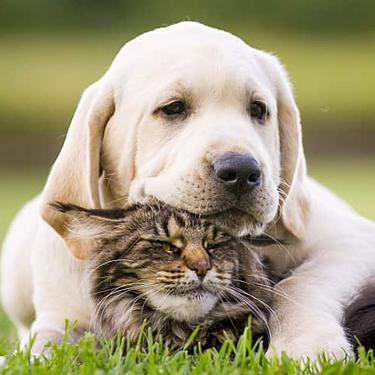 The Incredible Science Behind Your Pet's Microbiome
The Incredible Science Behind Your Pet's MicrobiomeLearn what a pet's microbiome is, how it contributes to your pet's gut & overall health, and why nutrition is important in maintaining healthy microbiomes.
Read More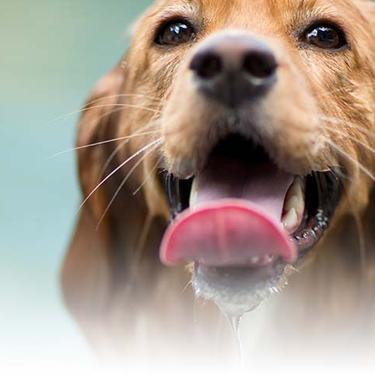 Water
WaterDiscover why water is the most important nutrient for your dog or cat to live a healthy life. Find out how much water your pet should consume each day.
Read More Pet Food Storage Tips
Pet Food Storage TipsDiscover how and where to store your dry, as well as canned, dog and cat food. Learn how to find the "best before" dates on all Hill's pet food packaging.
Read More -
Find the right food for your pet
Find the right food for your pet


Your kitty's paws are as important to them as your hands and feet are to you. As a cat parent, it's important to help your cat maintain healthy paws. This quick guide to cat paw care will help you keep all of the cat paw pads in your fur family healthy and clean.
Why Care for Cat Paw Pads?
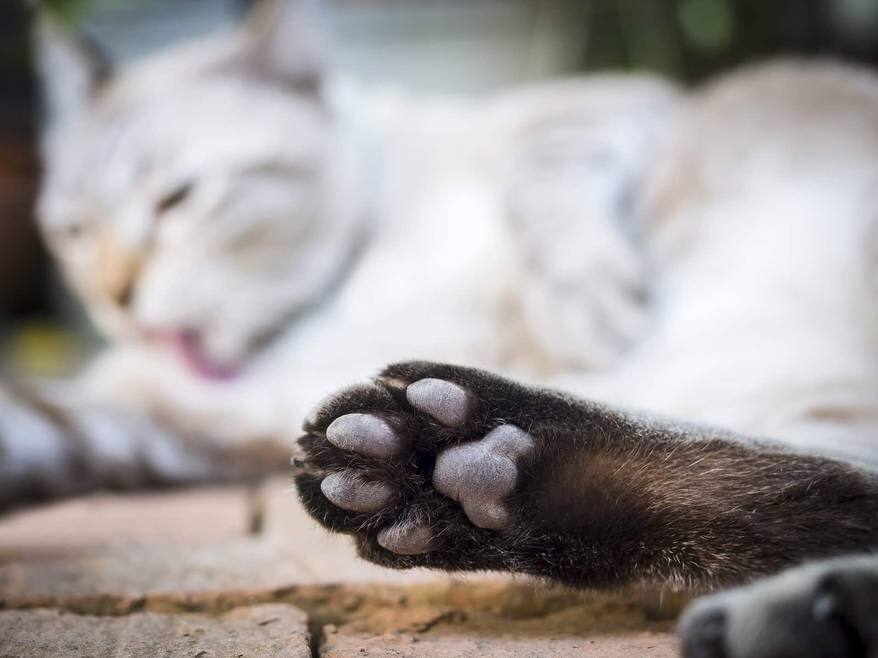
Think for a moment about how cats use their paws. They walk across a variety of surfaces in your house including dirty surfaces such as the litter box. If they're allowed outside on a leash, they may walk across rough and rocky ground, step on thorns and other sharp items, and tread across hot or cold surfaces, depending on the weather. Cats allowed outdoors in the winter are also susceptible to walking through harsh salts and other deicing agents that can be harmful to paws.
At some point in the day, your kitty will take it upon themselves to clean their own paws by licking them, in the process ingesting any harmful substances their little feet may have picked up. Regular cat paw care that includes inspections and cleaning will not only help keep your kitty's paws clean and safe for licking, but also allow you to manage dry and cracked paws, cuts and other injuries before they can become infected.
Cat Paw Care Guide
Getting Started
While inspecting your cat's paws on a regular basis will be good for ensuring you keep them healthy, you can also look for signs that something may be going on with the paws. If you notice your cat is limping or not putting pressure on a certain paw, they might have something stuck in it or could have injured their paw in some manner. Keep in mind that cats are good at hiding their pain, so you may have to pay close attention. Additionally, when a cat is injured they might be less receptive to you inspecting them, so do your best to keep them comfortable and calm while you inspect them.
If your cat isn't used to having their paws handled, you may need to get them accustomed to the idea. It can be helpful to get into the habit of massaging your kitty's paws when you hold or pet them. This will not only help them become accustomed to having their paws touched and handled, but will also help you detect any debris that might be caught between the toes and paw pads.
Paw Inspection
Once your cat tolerates you handling their paws, make it a point to examine them daily, especially after they return from an outdoor jaunt. Look for scratches, sores, and foreign objects, says the Animal Care Clinic in Lexington, Kentucky. If you find something embedded in your cat’s paw, if possible, use a pair of tweezers to gently remove it or call your veterinarian if it's embedded deeply.


Tasty Tips
Paw Cleaning
Either before or after your inspection, use a soft cloth to wipe all those tiny cat paw pads, as well as around the pads and between the toes. This will clean their toes of dirt, litter dust and any chemicals or foreign objects.
Nail Trimming
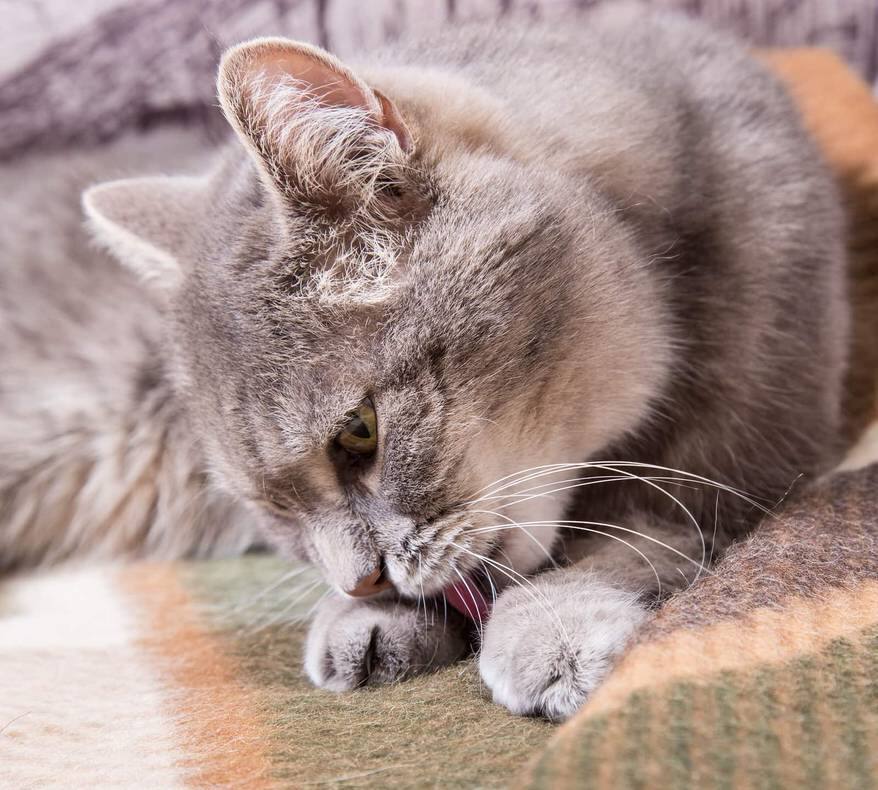
Use a pair of nail scissors made especially for cats to trim cat claws. Be sure to trim just the tips, taking care to avoid the quick (the part of the nail containing sensitive nerves and veins).
If you do accidentally cut into the quick, keep some styptic powder to stop the bleeding. If you don't have any styptic powder on hand, it may be a good idea to buy some at your local pet supply store just in case you need it.
Treating Dry Cat Paw Pads
If your kitty's paw pads become dry, irritated or cracked, contact your vet; they recommend that you try moisturizing them with olive, coconut or another food-quality oil that will be safe for them to lick. You may want to confine them to a bathroom while the oil absorbs to keep her from tracking it through the house. If they need something more heavy-duty, ask your vet to recommend a good paw moisturizer for cats. Avoidotions made for humans, which may be harmful if ingested.
Additional Considerations
Of course, one of the best things you can do for your kitty's paws is to keep them indoors, where they’ll be less likely to become injured or encounter extremely hot or cold surfaces or dangerous chemicals. Dry winter air can dry out your kitty's paws, so consider using a humidifier during cold months. A scratching post can also help keep their nails in good condition — not to mention keeping your carpet and furniture safe from the urge to claw.
With everything involved in caring for cats, it's easy to overlook proper cat paw care. Making a daily habit of checking and cleaning their paws will make it easy to keep them in good shape.


Jean Marie Bauhaus is a pet parent, pet blogger, and novelist from Tulsa, Oklahoma, where she usually writes under the supervision of a lapful of fur babies.
Related products

Science Diet's breakthrough nutrition supports ultimate digestive well-being & healthy microbiome

Precisely balanced nutrition with the delicious taste of savory minced chicken to help fuel the energy needs of cats during the prime of their life

Over 70% of cats lost weight within 10 weeks when fed this nutrition

Feline Adult Perfect Weight Variety Pack
Related articles
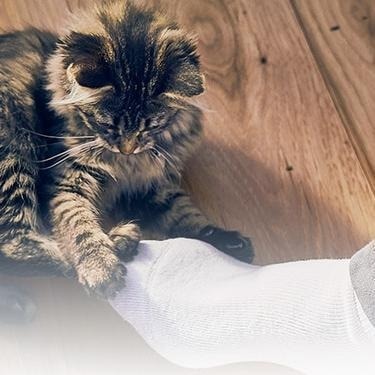
Discover which cat toys games your feline friend might like, and how they are great sources of exercise. Explore our library of articles to learn more.
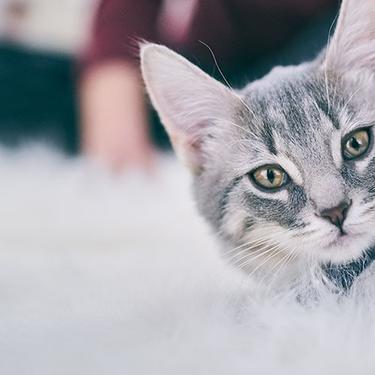
Discover the benefits of Hill's line of kitten foods and how they provide complete and balance nutrition for growing kittens.

Discover how to identify cat sensitive skin and what you can do to help your cat thrive from head to paw.
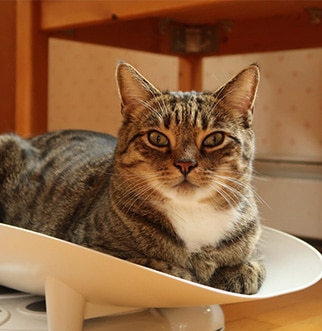
How do you get a cat to lose weight? Learn all about cat foods for weight loss, including how to choose weight control cat food and exercise tips.
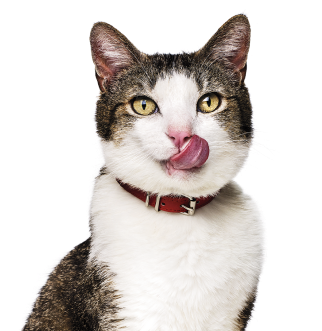
Put your cat on a diet without them knowing
Our low calorie formula helps you control your cat's weight. It's packed with high-quality protein for building lean muscles, and made with purposeful ingredients for a flavorful, nutritious meal. Clinically proven antioxidants, Vitamin C+E, help promote a healthy immune system.
Put your cat on a diet without them knowing
Our low calorie formula helps you control your cat's weight. It's packed with high-quality protein for building lean muscles, and made with purposeful ingredients for a flavorful, nutritious meal. Clinically proven antioxidants, Vitamin C+E, help promote a healthy immune system.

